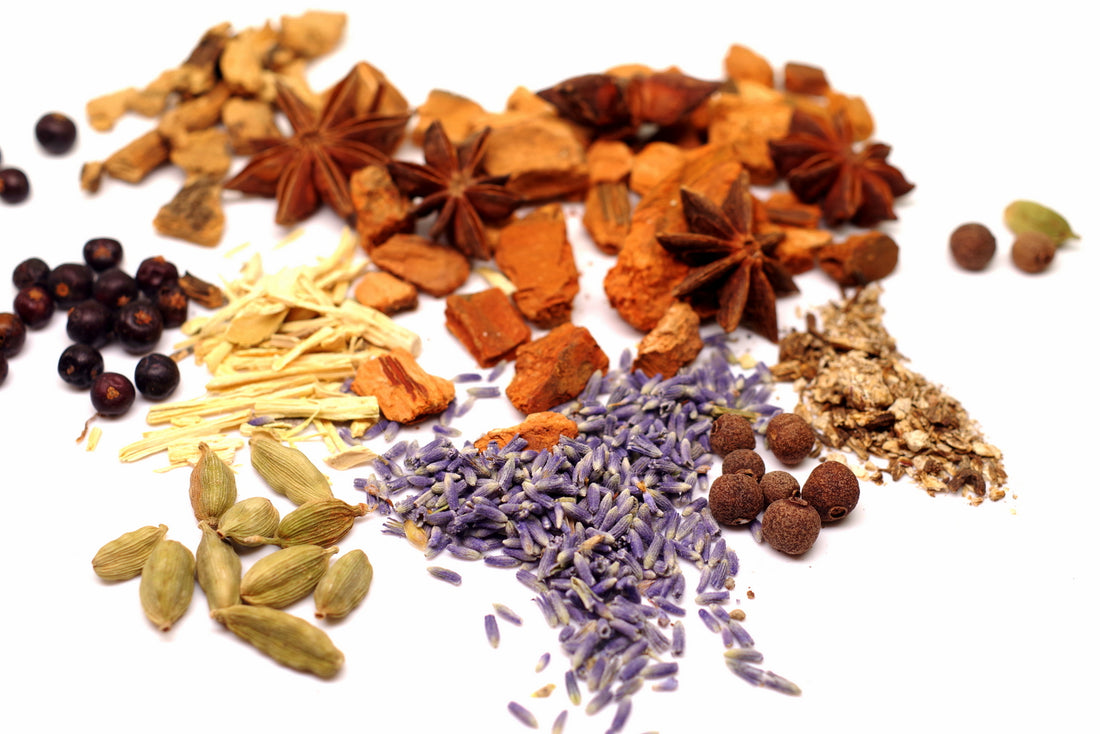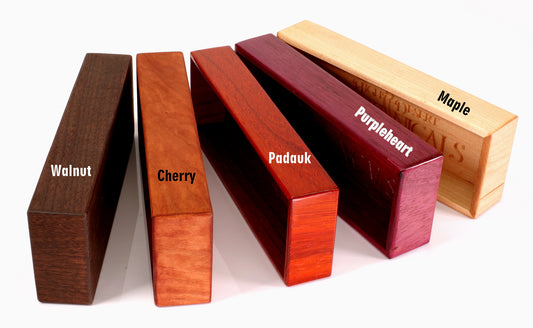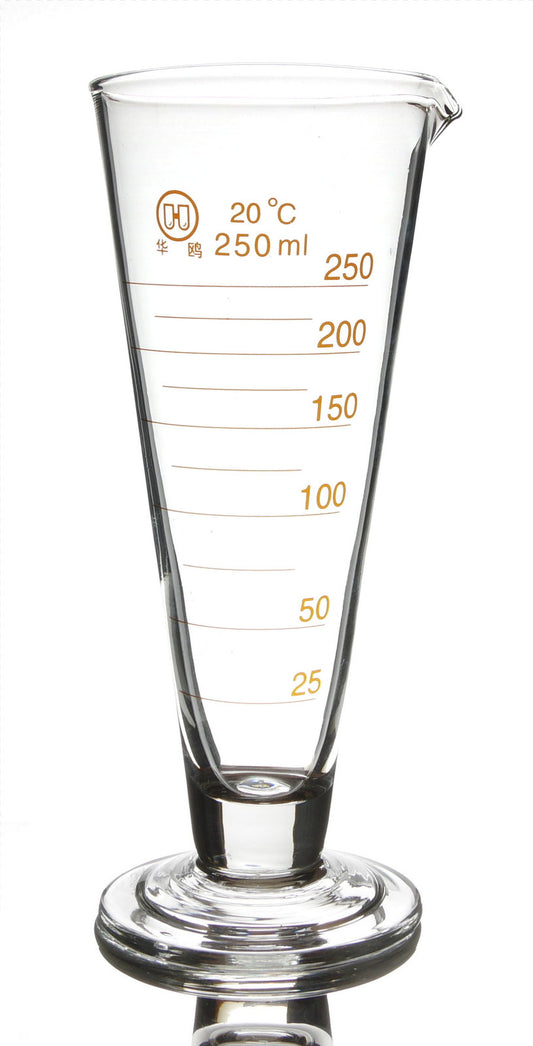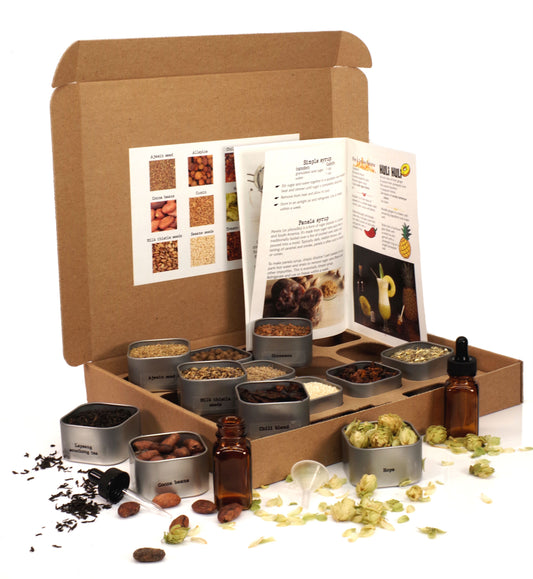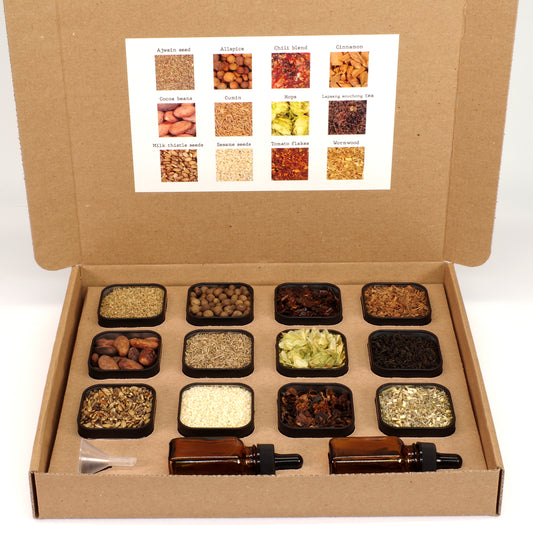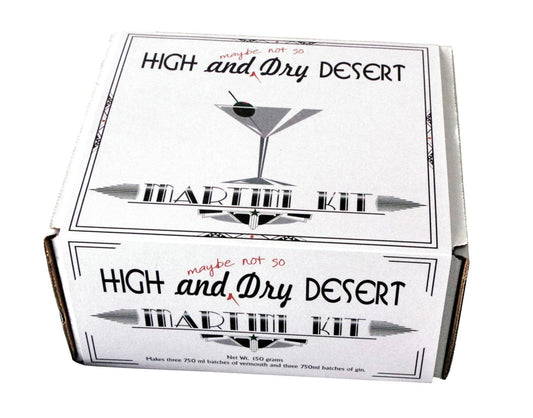The primary active compound in Cinchona bark is quinine, an alkaloid that treats and prevents malaria infections. While cinchona extract and purified quinine are safe for adults in low doses, consuming too much too quickly can result in an overdose called cinchonism. The first sign of a quinine overdose is tinnitus (ringing in the ears), followed by headache, nausea, and shortness of breath. If you experience these symptoms after consuming tonic water or other beverages containing Cinchona, seek medical care immediately.
The cinchona bark we use for our tonic kits comes from the species Cinchona officinalis and contains 2-3% quinine and related alkaloids by weight. Other species of Cinchona such as C. ledgeriana and C. succirubra can contain up to 7% quinine. The rate of extraction of quinine from the bark depends on several factors including particle size of the ground bark and pH of the solvent (water in our recipe, but ethanol can also be used). More finely ground bark has more surface area exposed to the solvent, allowing the compound to be dissolved more readily. We choose to grind our bark more coarsely than some other sellers because it's easier to filter out larger particles from the tonic syrup. Adding acid to the water also helps to dissolve more of the highly alkaline quinine.
The FDA limits the amount of quinine in tonic water to 83 mg per liter, a much lower dose than used in the treatment of malaria. Assuming perfect extraction, an above-average quinine concentration of 4% and dilution of 1 part tonic syrup to 5 parts sparkling water, our recipe for tonic water yields a quinine concentration of 82.6 mg per liter, though the actual concentration is probably lower. If you would like to increase the bitterness of your tonic syrup, we recommend using the gentian root and quassia wood included in the kit, as these bitter herbs do not contain quinine.
So, much like the alcohol in a gin and tonic, "all things in moderation" is an excellent guideline. We strongly discourage consumption of the raw cinchona bark or drinking a large amount of undiluted tonic syrup.
One interesting side note: quinine sulfate absorbs ultraviolet light (primarily 250 and 350 nm wavelengths) and emits the energy as blue light (450 nm). This makes tonic drinks popular at nightclubs that use blacklights.

